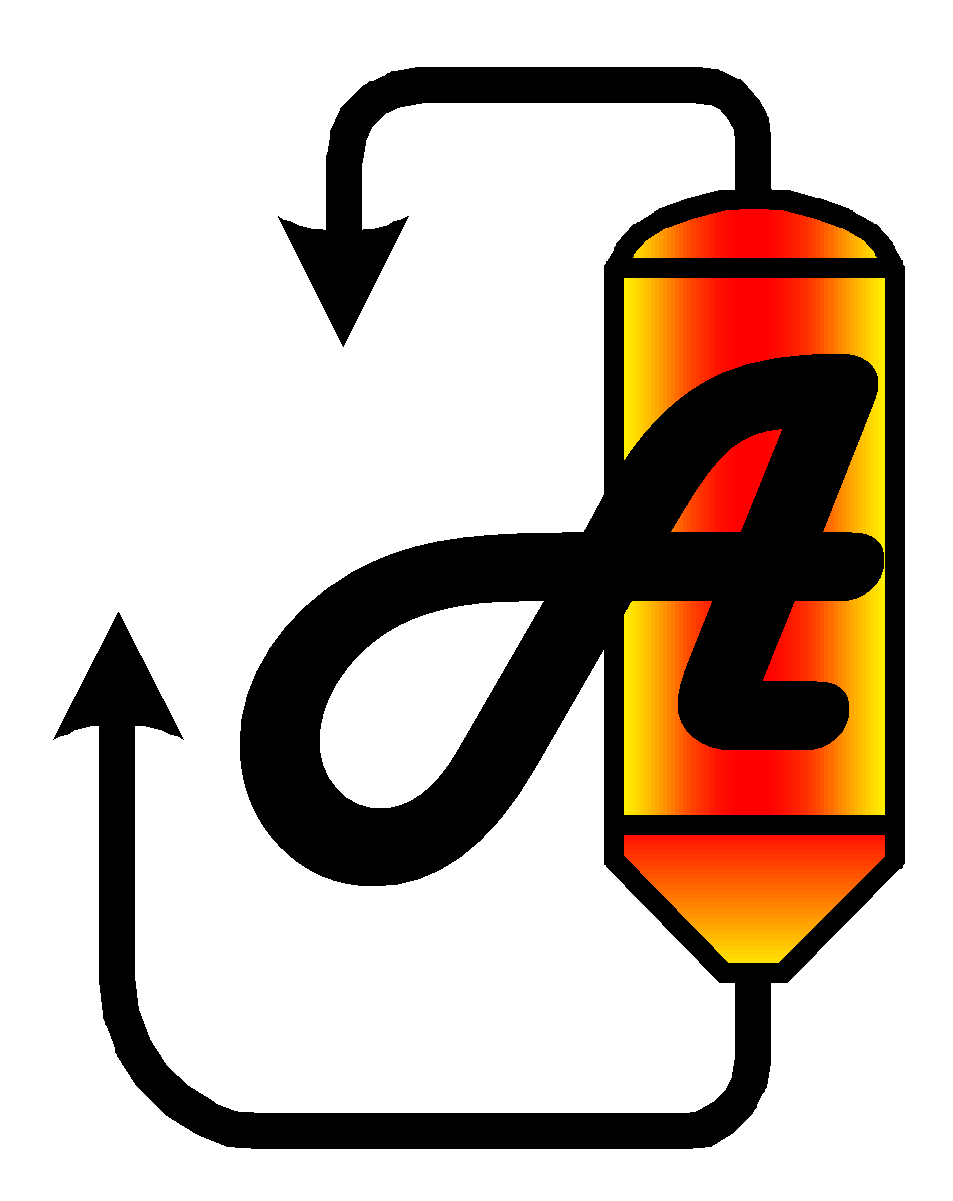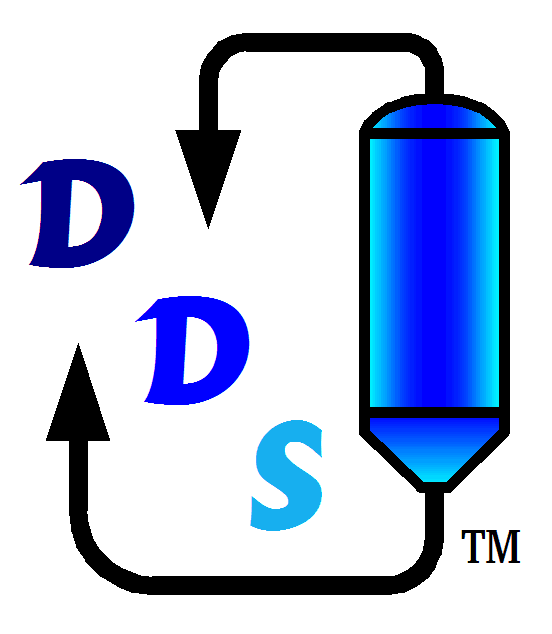Digester Discharge
Displacement batch digesters are not
pressurized after the cooking is completed due to the displacing of the hot
spent cooking liquors to the tank farm. Therefore, the pulp in the digester can not be
'blown' or flashed to a blow tank similar to conventional batch digesters because most of the energy has
been displaced to the tank farm. The technique used to empty the digester is to pump the
contents from the digester. However, as the level of the digester
decreases the NPSHa decreases, the pulp consistency varies and the
tendency for high consistency pulp clumps creates a constantly varying suction
environment to the discharge pump. The DDS
control system has minimized these challenges with fuzzy logic control (FLC).
Tank Farm Management
The tank farm is used to store
chemical and thermal energy contained in the hot spent cooking liquors for reuse. The tank farm serves the
digesters, which need to produce pulp without disruption. The DDS
cooking system uses model predictive control (MPC) to predict the
levels in the tank farm which are used to make adjustments to the flows between the tankage
as well as to the digester scheduler.
Digester Channeling
The flow of liquid in the
digester must remain in a plug flow profile with an interface zone
between the different fluids as thin as possible. The DDS
cooking system uses multi-variable control (MVC) to maintain plug
flow inside the digester.
 Chemical and Pulping Ltd
Chemical and Pulping Ltd



![]()